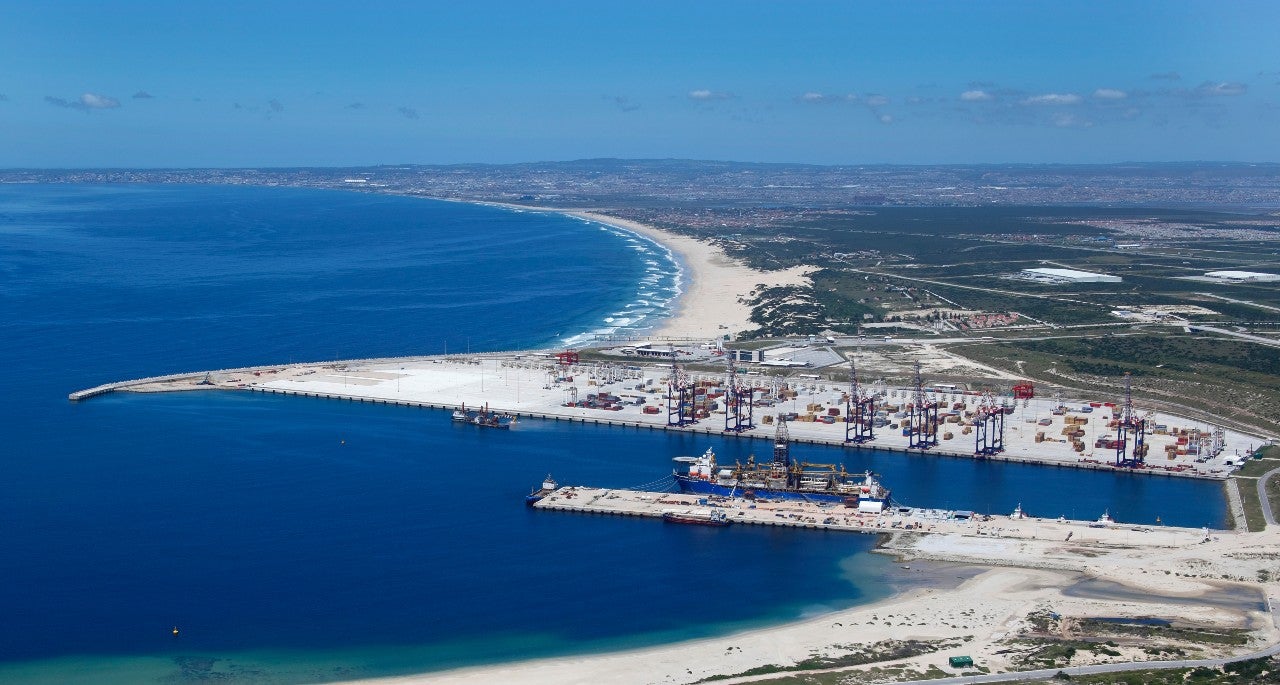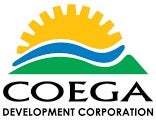
Africa has “excellent conditions” for solar power, according to the World Bank’s Global Solar Atlas – yet only 9% of the continent’s energy supply comes from renewables.
For investors, this disconnect marks massive potential for establishing Africa’s renewable energy sector. BP projects that around 30% of Africa’s energy production will be derived from solar by 2050.
Africa’s solar potential is a “unique opportunity” to provide affordable, reliable and sustainable electricity to a large portion of the human population, according to the Global Solar Atlas. The continent has 60% of the world’s best solar resources but just 1% of the solar generation capacity, according to the International Energy Agency (IEA).
Africa needs $190bn of investment each year between 2026 and 2030, with two-thirds of that going to green energy, to meet the continent’s energy and climate goals, the IEA finds.
“Solar power can help Africa reduce emissions and widen access to electricity, but the continent is only in the early stages of building its solar resources,” an article from the World Economic Forum reads.
Even though Africa’s renewable sector lags behind global averages, it is growing; Statista found that solar capacity grew by 13% between 2019 and 2020.
Within Africa, South Africa and Egypt lead the pack for potential solar power capacity, followed by Algeria, PwC’s Africa Energy Review 2021, finds.
Solar in South Africa
In 2020, electricity generated from all renewables in South Africa amounted to 10.5% of the nation’s energy mix. With new projects coming online, this will grow to about 11.5%, according to an article published in the Conversation by professor of physics Hartmut Winkler at the University of Johannesburg.
In 2021, there were 31 foreign direct investment projects in South Africa in the renewable and alternative energy sector, the second-highest level of FDI in any sector. It is a growing trend, too. In 2019, there were six projects and in 2020 there were seven, a 417% and 343% increase to 2021, respectively. The country also attracted the most inward FDI of any country on the continent in 2021, according to GlobalData.
Increasing the use of renewables in the energy mix could also be a way of alleviating the chronic power outages in the country. Having experienced an energy crisis in 2008, the country still struggles to provide a continuous supply, relying on loadshedding to prevent overloading generation points. Even with disruptive outages, state-owned power company Eskom is able to preserve supply for large industrial users and essential services, even during power cuts, translating to minimal interruptions for certain businesses.
The country is moving towards meeting its solar – and wind – potential. In mid-2022, Norwegian renewable energy company Scatec entered a 20-year agreement with Eskom to dispatch 150MW (three 50MW projects) to the national grid, between 5am and 9:30pm daily.
Jan Fourie, Scatec’s general manager for sub-Saharan Africa, told South African outlet Daily Maverick that to his company’s knowledge their project would be one of the biggest solar photovoltaic (PV) and battery projects on the planet.
“It proves that dispatchable renewables are possible. It’s cost-effective and it’s available today,” Fourie said at the time.
Leading the way
Located in the Eastern Cape Province of South Africa, the Coega Development Corporation operates one of the largest special economic zones (SEZ) in Southern Africa. The Coega SEZ has successfully attracted more than R4bn worth of energy projects that are operational and has implemented numerous energy projects including the Coega Solar Rooftop Project.
The Corporation’s Energy Strategy identifies approaches to managing the energy supply, demand, efficient usage and investment in current and new energy technologies in a manner that is environmentally friendly, institutionally sound, socially acceptable and cost-effective, utilising the best mix of energy supply and demand options.
Coega project development manager for oil and gas Duane Mouton asserts that Coega plays a central role in advancing readiness for the realisation of various transformational energy-related initiatives, which include generation and manufacturing-orientated projects for the energy sector.
The Coega Solar Rooftop Project, in its pilot phase, will fit five buildings within Coega SEZ and the Nelson Mandela Bay Logistics Park with, cumulatively, 4.5MW of solar PV panels, with the second phase including 20 buildings.
The Coega SEZ has also been chosen as the investment location for green hydrogen projects. Hive Energy, in partnership with Linde, plans to develop a large-scale green hydrogen and ammonia project in the Coega SEZ to produce an anticipated 950 000 tonnes of ammonia per year by 2026.
Behind the investment drive in the 9,003-hectare Coega SEZ are a number of advantages including its modern infrastructure, government incentives, ISO-certified systems and processes, one-stop shop systems for current and potential investors supported by InvestSA, and proximity to two seaports including the deepwater Port of Ngqura.
While renewables are on the agenda, ensuring a steady power supply is the top priority. The Coega Energy portfolio is developing on the basis of the energy potential of the resource-endowed Eastern Cape Province. Mouton indicates that the energy sector is shifting towards renewable energies, and lowering emissions while still providing affordable and reliable energy, and that natural gas is the bridge that can enable this transition by supporting the grid at times when either solar or wind is unavailable.
The success of the Coega energy sector is showcasing Coega SEZ as an ideal location for mega energy projects in Africa for global investors. Coega leverages innovation and business ecosystems and strategic collaboration to enhance competitiveness and attractiveness as an investor location of choice for energy projects, while ensuring that Coega remains relevant to the developmental trajectory of southern Africa.
To learn more about energy projects in the Coega SEZ, download the Coega Energy Brochure.


